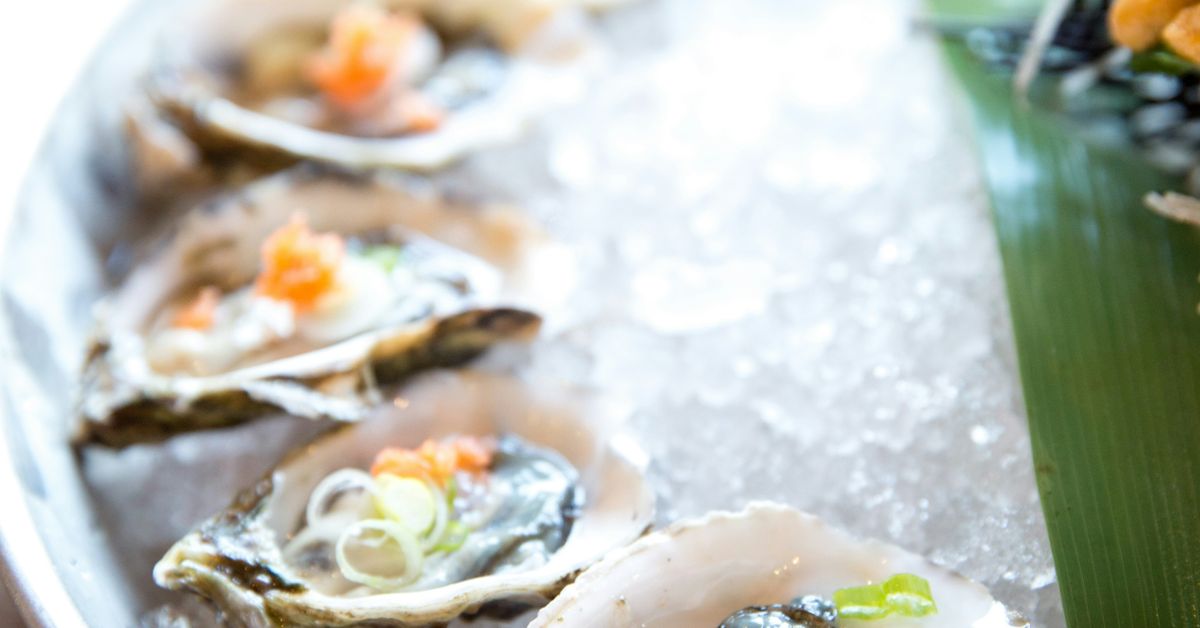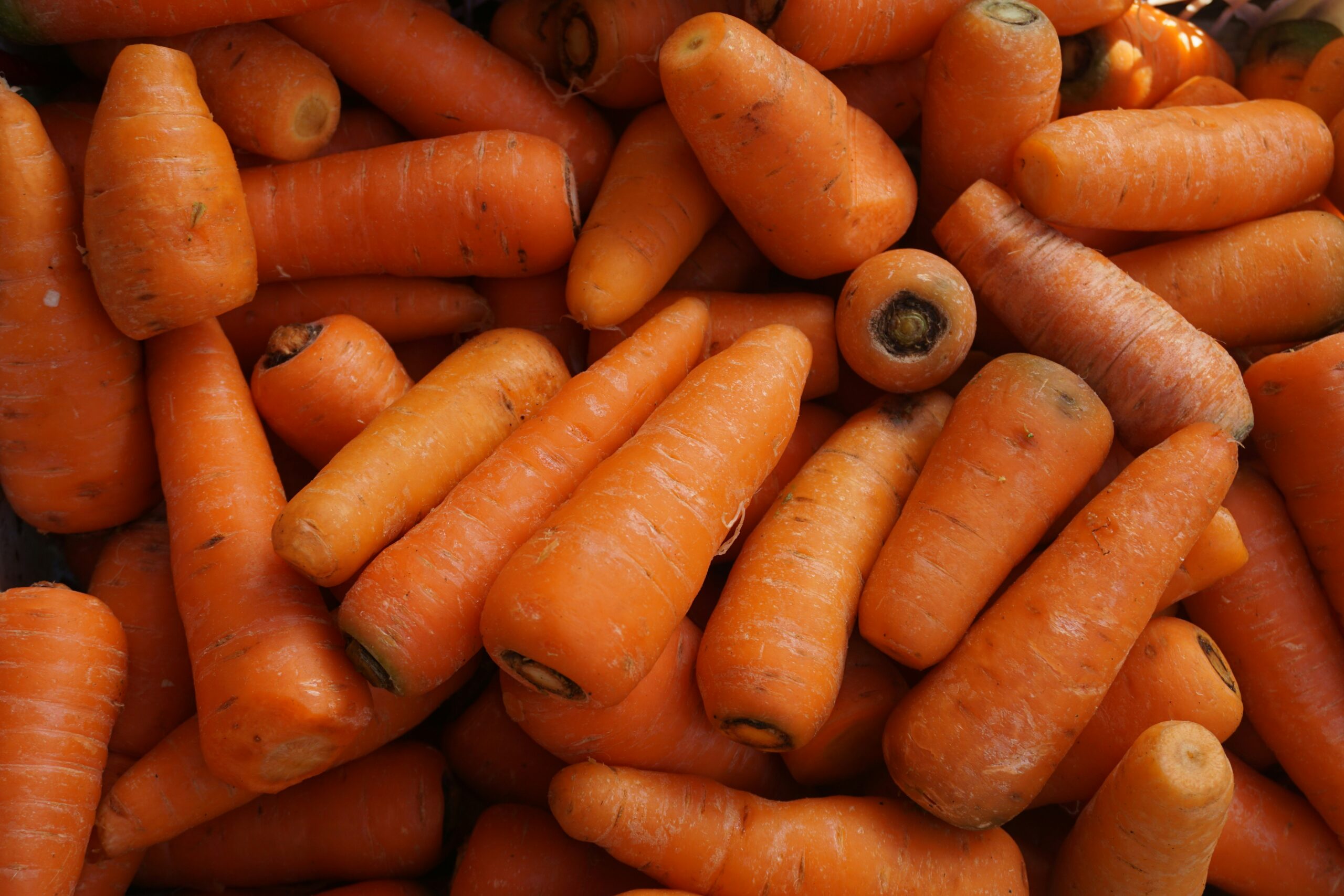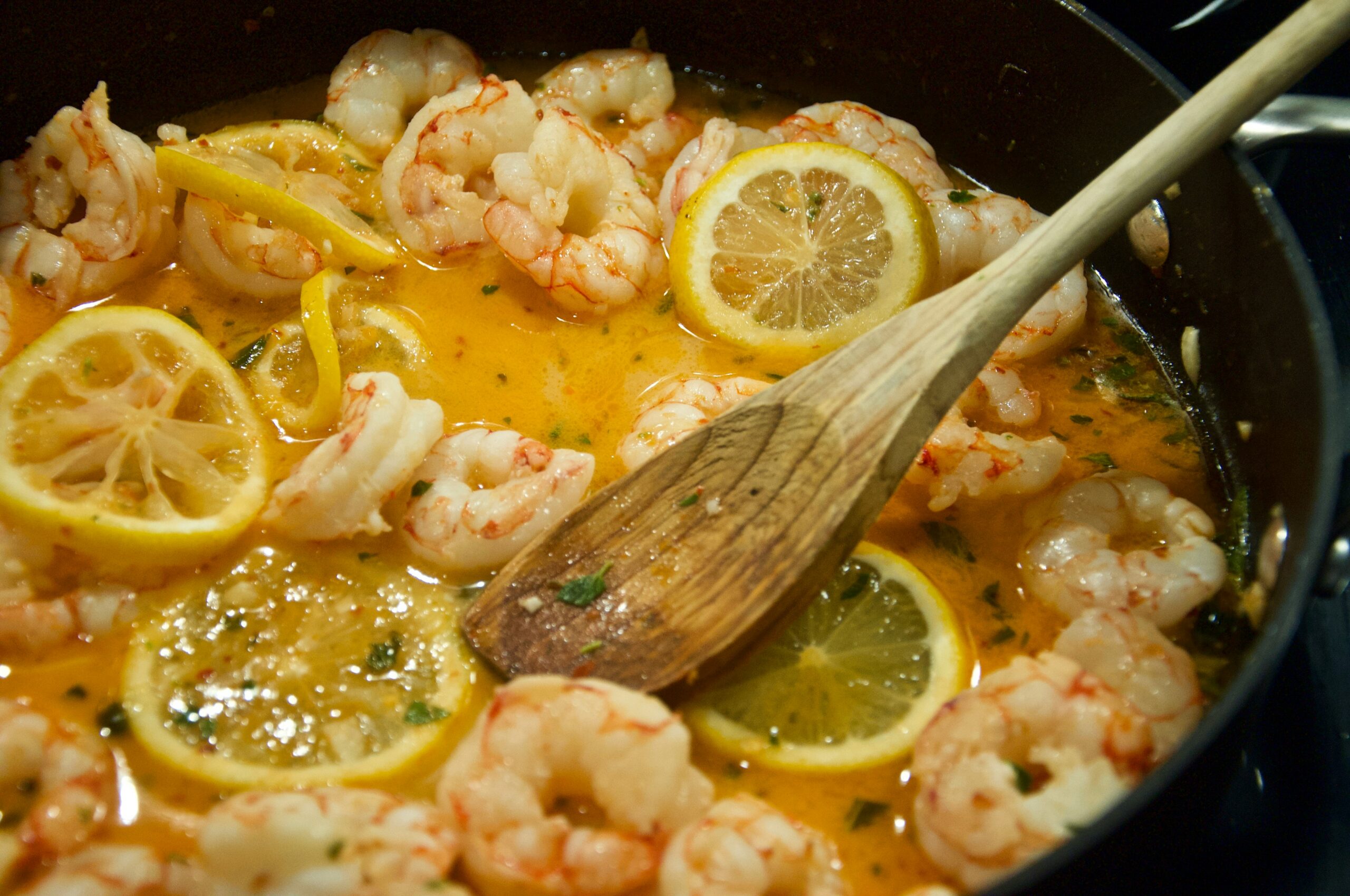Dive into the World of Sustainable Seafood: What You Didn’t Know Matters Most!
Take a moment to think about your last seafood meal. Perhaps it was a sizzling plate of grilled salmon or a comforting bowl of clam chowder. Now, did you ever pause to consider where that seafood came from? You might be surprised to discover that the choices we make regarding seafood can have a profound impact on our oceans, marine life, and even the communities that depend on fishing for their livelihood. It’s a tangled web of ecological responsibility, economic necessity, and, let’s be honest, a little bit of culinary delight, too.
The Rise of Sustainability in Seafood
Over the past few years, the term “sustainable seafood” has become almost a buzzword. But what does it really mean? Simply put, sustainable seafood refers to fish and shellfish that are caught or farmed in ways that consider the long-term health of the species and the well-being of the ocean ecosystem. It’s about ensuring that our seafood choices today do not compromise the ability of future generations to enjoy the same bounty.
As someone who has spent countless hours at local fish markets and interviewed fishermen, I can assure you that sustainability is more than just a trendy label slapped onto a package. It’s a philosophy that encompasses responsible fishing practices, habitat preservation, and ethical treatment of workers. And yes, it can even influence the taste of your meal—because nothing beats the flavor of a fish that’s been raised or caught with care.
Understanding Overfishing
Let’s start with a sobering reality: overfishing is a serious threat to global fish populations. According to the Food and Agriculture Organization (FAO), around 34% of fish stocks are overfished. This means that we’re taking more fish from the ocean than can be naturally replenished. Think about it: if you keep borrowing from a savings account without ever making a deposit, you’re eventually going to run out of funds. The same goes for our oceans.
To illustrate this, let’s look at the story of the Atlantic cod. Once abundant, cod stocks have plummeted due to overfishing, leading to a collapse of the fishery in the early 1990s. Fishermen’s livelihoods were devastated, coastal communities were impacted, and the ecosystem itself was thrown out of balance. It struck me that this is a perfect example of how interconnected our world is—what happens to one species can ripple through the entire food chain.
The Role of Aquaculture
So, what’s the solution? Enter aquaculture, or fish farming. It’s easy to think of aquaculture as the enemy of sustainability, but that’s not necessarily the case. When done responsibly, aquaculture can reduce pressure on wild fish stocks and provide a sustainable source of seafood. A significant number of farmed fish species, such as tilapia and catfish, are raised in environmentally friendly conditions. However, not all aquaculture practices are created equal.
For instance, the farming of shrimp can often lead to severe environmental degradation. Mangroves, vital ecosystems that protect coastlines, are frequently cleared to make way for shrimp farms, leading to habitat loss and increased coastal vulnerability. It’s a classic case of “the road to hell is paved with good intentions.” So, if you’re opting for farmed shrimp, look for certifications that guarantee responsible practices. The Marine Stewardship Council (MSC) and the Aquaculture Stewardship Council (ASC) are two reputable organizations that provide guidelines and certifications.
What to Look for When Buying Seafood
Now that we’ve established the importance of sustainability, let’s dive into the nitty-gritty of what to look for when purchasing seafood. You might be thinking, “Great, but how do I navigate the fish counter without feeling overwhelmed?” Fear not, dear reader! Here’s a handy guide:
- Look for Certifications: As mentioned, organizations like MSC and ASC provide trustworthy certifications that indicate sustainable practices.
- Know Your Fish: Familiarize yourself with which species are overfished or endangered. For example, bluefin tuna is a no-go, while species like farmed rainbow trout are generally a better choice.
- Ask Questions: Don’t be shy! Engage with your fishmonger. Ask where the seafood comes from, how it was caught or farmed, and if it’s in season. Most fishmongers appreciate an inquisitive customer.
- Seasonality Matters: Just like any other agricultural product, seafood has seasons. Eating what’s in season is not only better for the environment but also enhances the flavor of your meal.
Just the other day, I found myself at a quaint little seafood market in my neighborhood. The owner, a friendly chap named Mike, was more than happy to share stories about his suppliers and the fishing methods they used. It reminded me that food is often about connection—both to the land and the people who work it.
The Impact of Your Choices
Every time you choose a seafood dish, you’re casting a vote for the kind of fishing practices you want to support. It’s a powerful notion, and it was a revelation for me. I remember the first time I consciously chose sustainable seafood; it felt as if I was participating in a larger movement, one that aimed to protect our oceans and support local communities.
But let’s not gloss over the challenges. The seafood industry is fraught with issues, from illegal fishing practices to labor rights violations. Some studies suggest that up to 30% of seafood on the market may be caught illegally. That’s a staggering number! This means that, even when you think you’re making a sustainable choice, you could unwittingly support practices that harm marine life and exploit workers.
Understanding Labels and Terminology
With the seafood landscape being so complex, it’s important to decode the various labels and terms you might encounter. Here’s a brief glossary to help you navigate:
- Wild-Caught: Fish that are caught in their natural habitats. This can be sustainable or unsustainable, depending on the fishing methods and management practices.
- Farmed: Fish raised in controlled environments. Again, this can be sustainable or not—look for certifications!
- Bycatch: Unintended species caught while fishing for a target species. Minimizing bycatch is crucial for sustainability.
- MSC Certified: Indicates that the seafood comes from a sustainable fishery, as assessed by the Marine Stewardship Council.
- ASC Certified: The Aquaculture Stewardship Council’s certification ensures responsible farming practices.
Next time you’re at the grocery store, this handy glossary will make you feel like you’re armed with a secret weapon against unsustainable choices.
Local vs. Global: The Community Factor
Another aspect of sustainable seafood that often goes unnoticed is the importance of supporting local fisheries. When you purchase seafood from local fishermen, you’re not just getting fresher fish; you’re also boosting your local economy and supporting sustainable practices that often come from smaller operations. I’ve had the pleasure of visiting a few local fisheries, and let me tell you, there’s nothing quite like the camaraderie and dedication among those who work the waters.
Take, for example, a small fishing community on the coast of Maine. The fishermen there have banded together to implement sustainable practices, ensuring that their catch is not only plentiful but also harvested responsibly. When you buy from them, you’re not just getting a product; you’re investing in a way of life that values the ocean and its resources.
A Taste of the Future: Innovative Solutions
As we continue to grapple with the challenges of sustainability, innovative solutions are emerging. One such solution is the development of lab-grown seafood. Yes, you read that right! Scientists and entrepreneurs are working tirelessly to create fish that’s cultivated in labs, which could one day eliminate overfishing and provide a sustainable alternative to traditional seafood. The thought of enjoying a delicious tuna steak without the ecological guilt? Sign me up!
While this technology is still in its infancy, it has the potential to revolutionize the seafood industry. Now, some might argue that lab-grown fish lacks the “soul” of wild-caught varieties (and I can’t say I disagree when it comes to a beautifully seared piece of wild salmon). However, if the alternative is depleted oceans and endangered species, maybe it’s time to embrace the future.
Cooking Sustainable Seafood
Once you’ve navigated the complexities of sourcing sustainable seafood, the next challenge is cooking it. Luckily, there’s no shortage of delicious recipes that highlight the natural flavors of fish while keeping things environmentally friendly. One of my all-time favorites is a simple lemon-herb baked cod. It’s quick to prepare, and the freshness of the fish truly shines through.
Here’s a quick recipe to get you started:
- Ingredients:
- 2 cod fillets (preferably MSC certified)
- 1 lemon, sliced
- Fresh herbs (such as parsley or dill)
- Olive oil
- Salt and pepper
- Instructions:
- Preheat your oven to 400°F (200°C).
- Place the cod fillets on a baking sheet lined with parchment paper.
- Drizzle with olive oil, sprinkle with salt and pepper, and top with lemon slices and fresh herbs.
- Bake for 12-15 minutes or until the fish is flaky and cooked through.
- Serve with a side of seasonal vegetables for a complete meal.
Trust me, you’ll be amazed at how something so simple can taste so divine. Plus, you’ll be able to enjoy your meal with the knowledge that you’ve made a responsible choice.
In Conclusion: The Ripple Effect
As we wrap up this exploration of sustainable seafood, it’s essential to remember that every choice you make in the seafood aisle has a ripple effect. By opting for sustainable options, you’re not just making a difference for the environment; you’re also supporting communities, preserving jobs, and ensuring that future generations will have access to the ocean’s bounty.
So the next time you sit down to enjoy a seafood dish, take a moment to reflect on the journey that fish has taken to your plate. It’s a journey filled with challenges, innovations, and the hope for a sustainable future. And perhaps, with each bite, you’ll feel a little more connected to the ocean and its many wonders.
In the end, it’s not just about eating fish; it’s about being part of a movement that values our oceans and the lives they sustain. And let’s be honest, who wouldn’t want to be part of that?




